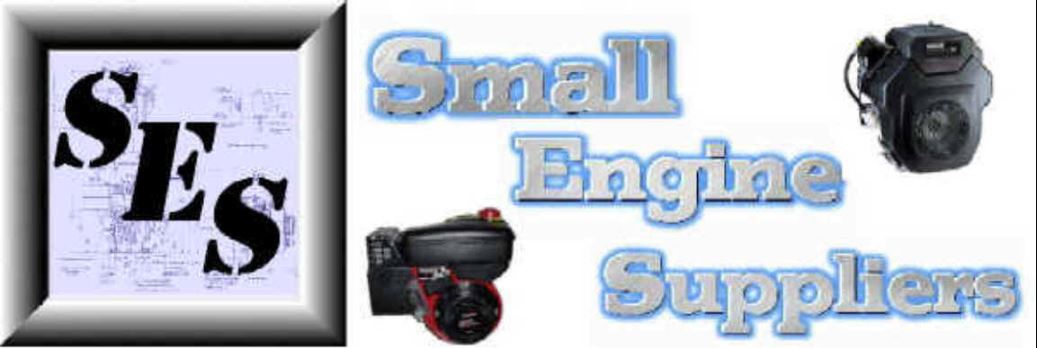|
||
Oil leaks are usually a misunderstood problem. In most cases, the problem is minor and easily repaired. But usually by the time you get around to checking out an oil leak, there is oil everywhere and it's practically impossible to tell exactly where it is coming from. It's best to clean the unit up, so you can get an idea where the fresh oil is coming from. A few questions you should ask to help determine the problem are:
Reviewing the above questions... 1. If the engine is leaking while setting it is usually caused by a loose drain or fill plug, bad gasket, lower seal or possibly a crack or maybe pinhole in the case. The latter would normally have showed up when the unit was new though. 2. If oil is really high on the engine it could mean a blown head gasket or loose dip stick. 3. If the engine smokes badly it could mean internal wear or possibly crankcase pressure. Modern engines run with a slight vacuum in the crankcase. This is maintained by the crankcase breather valve. If this valve is not functioning or is installed wrong, you can be building a pressure in the crankcase. Many engine gaskets, seals and governor shafts are not designed to handle a pressure, and this will result in an oil leak. 4. Oil that is to thin because of gasoline dilution can cause all kinds of leaking problems and smoking conditions as can water in the crankcase, which causes foaming. In the Summer heat many engine manufacturers recommend 30W oil. If you have gas in the crankcase check this link. 5. If the oil is coming from more than one place or from the governor shaft, point plunger, etc., it's probably because of crankcase pressure. Many of the modern shops can check for this using a manometer. Crankcase pressure can be a big problem and can have more than one cause. It is best to let a trained technician with the right equipment figure it out. Not all oil leaks are serious repairs. It could be as simple as a loose drain plug or overfilled crankcase. Some common fixes are as follows: 1. Side mounted oil breather gasket: Oil rarely leaks from here unless too much oil has been put into the engine. Check the engine oil level and drain if overfilled. Refill to the proper level. 2. Sump gasket: Remove the engine from the equipment and replace the sump gasket. 3. PTO oil seal: This is a rare problem. If you've determined it's the PTO oil seal buy a seal puller and replace the seal. Or take it to the shop for repair. 4. Sump bolt has worked itself loose: This sometimes happens to lawn tractor engines. Remove the sump and replace the gasket. 5. Crack in sump: This usually only happens if you hit something big and really hard. The sump must be replaced. 6. Oil fill tube gasket is broken or missing: Replace this o-ring or paper gasket. 7. Dipstick tube problems: Sometimes just replacing the dipstick o-ring gasket will not work. This is usually due to a deformation in the dipstick tube. Replace the tube and the problem should be fixed. |















